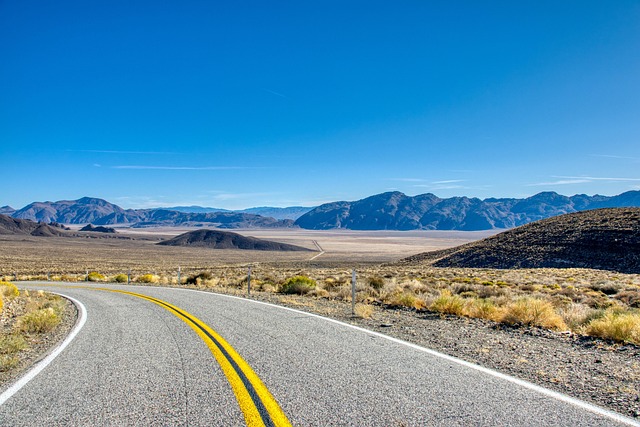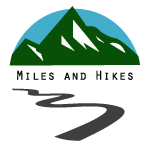
I get the same question asked a lot: “But how safe is it, really?”
It’s a fair question—and one that comes from a mix of curiosity, media headlines, and simple uncertainty about crossing into another country. The short answer? Baja is very safe for travelers. The long answer is worth exploring, because safety in Baja isn’t just about statistics—it’s about understanding how life here actually feels once you’re on the road.
The Real Picture of Safety in Baja
Let’s start with what most people don’t realize: Baja California and Baja California Sur are among the most traveler-friendly regions in all of Mexico. The Transpeninsular Highway (Highway 1) connects most destinations—Ensenada, Guerrero Negro, Mulegé, Loreto, La Paz, etc.—and it’s well-traveled by locals, overlanders, and tourists year-round.
Of course, there are pockets where you should exercise caution, just as you would in any big city in the U.S. or abroad. You wouldn’t walk through an unfamiliar neighborhood in Los Angeles at 2 a.m.—the same common sense applies here, or anywhere you travel.
In my experience, and I have been exploring Baja for 15 years, it feels calm, laid-back, and genuine. People are kind, often curious about your journey, and quick to help if you need directions, gas, or a mechanic. The peninsula thrives on tourism, and the locals know it—so they take pride in making visitors feel welcome and safe.
About Today’s Political Climate
Let’s address another misconception: that current U.S. politics somehow make it unsafe for Americans to travel in Mexico. That couldn’t be further from the truth.
Tourism between the two countries has continued through every administration. On the ground, politics fade very quickly. What you experience instead are communities that depend on tourism and value it deeply. Whether you’re an American, Canadian, or from anywhere else, you’re greeted with the same warmth.
Safety in Baja has far more to do with your own travel habits than with international headlines.
Do You Need to Speak Spanish?
You don’t need to be fluent to travel comfortably in Baja. Most people working in restaurants, hotels, and gas stations understand basic English, especially in popular areas.
I can’t speak from the perspective of a non-Spanish speaker since I’m bilingual, but as with traveling anywhere in the world where you don’t speak the language, learning a few basic words always helps. Even a simple “Buenos días” or “Gracias” goes a long way. Locals appreciate the effort, and you’ll often find that your experience becomes richer and more personal.
And if you get stuck, Google Translate is your best friend—especially offline.
A Few Smart Travel Habits
Whether you’re road-tripping or camping your way down the peninsula, here are a few habits that make any Baja trip even smoother:
- Travel during daylight — mostly because you don’t want to miss those incredible landscapes. But also, because as any Baja traveler will tell you: you will encounter cows in the middle of the road!
- Stick to main routes unless you know where you’re going, and you’re prepared (you have extra food, water, gas, etc.)
- Carry some cash. Small towns and remote gas stations often don’t take cards. Some small towns don’t have ATM’s
- Tell someone your route if you’ll be off-grid for a few days.
- Respect local customs—and the land itself. Baja’s magic depends on how respectfully we all travel through it.
What Safety Feels Like in Baja
After countless miles across the peninsula—from the desert canyons of Cataviña to the calm turquoise coves of Agua Verde—I can honestly say Baja feels safer than many places I’ve traveled anywhere else.
There’s a sense of community here that’s hard to describe until you’ve felt it yourself. The rhythm is slower, the smiles are real, and life moves to the sound of waves, wind, and a street vendor’s voice echoing through town, offering elotes or tamales to anyone passing by.
If you come to Baja with respect—for its people, its landscapes, and its pace—you’ll discover not just that it’s safe, but that it’s one of the most rewarding road trips in North America. It has a way of getting under your skin, and before long, you’ll be planning your next adventure down the peninsula!
